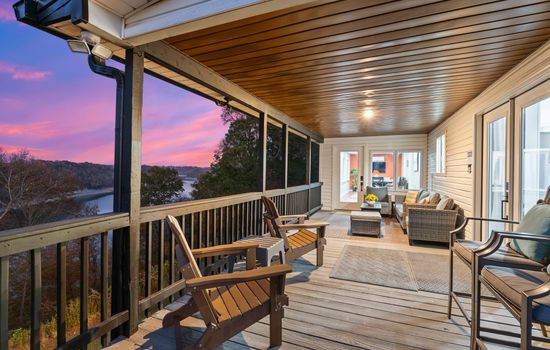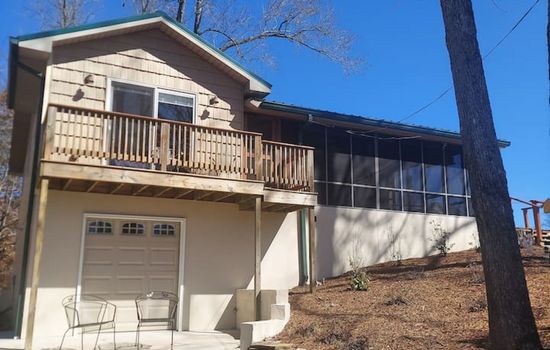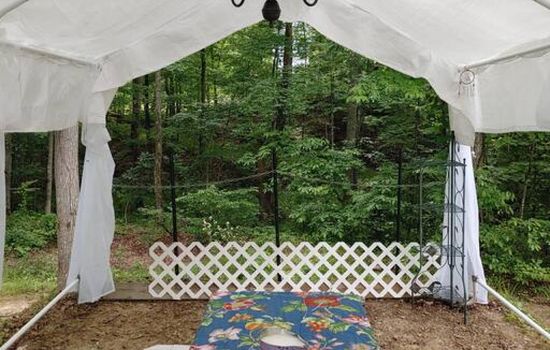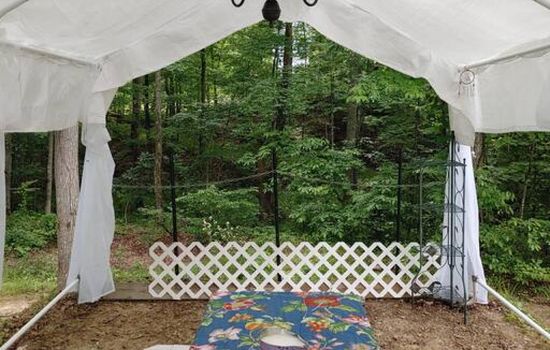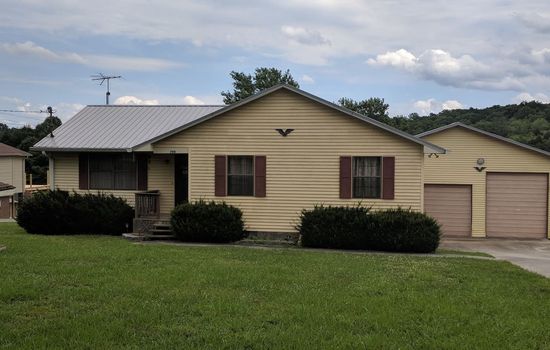The Bandy Creek Visitor Center is open daily from 8:00 AM to 4:30 PM from November to May, and from 8:00 AM to 6:00 PM from June to October. The Kentucky Visitor Center is open from 9:00 AM to 5:30 PM from May to October, with varying hours the rest of the year. The Crossville Visitor Center is open every day from 9:00 AM to 5:00 PM.
There is no entrance fee at Big South Fork National River and Recreation Area.
From Knoxville, take I-75 north to Hwy 63 west, then U.S. 27 north to Oneida, and follow Industrial Lane to Hwy 297, descending into a rugged gorge of scenic valleys and gorges.
At Big South Fork, parking for cars, RVs, and motorcycles is available at Bandy Creek Pool and F-loop parking areas. Overnight parking is permitted, but no fees are required. Day-use parking is at the Bandy Creek Visitor Center. Large RVs should use caution on Highway 297.
Accessibility & permits
Emergency
- Cell service availability:Partial
Information not accurate?
Help us improve by making a suggestion.
Big South Fork National River and Recreation Area, sprawling across 125,000 acres of the Cumberland Plateau, is a verdant oasis that beckons adventurers and nature enthusiasts alike. Located on the Tennessee-Kentucky border, this vast expanse is defined by its rugged beauty, with scenic gorges, sandstone bluffs, and an abundance of natural bridges that dot the landscape.
The park is a haven for outdoor enthusiasts, offering miles of hiking trails, including the popular John Litton Farm Loop and the more challenging Slave Falls Loop. Horseback riding trails crisscross the terrain, while the free-flowing Big South Fork of the Cumberland River invites whitewater paddlers and anglers to its pristine waters, home to smallmouth bass and other species.
Charit Creek Lodge, a wilderness retreat accessible only by trail, provides a rustic yet luxurious stay amidst the wilderness. The area is also renowned for its black bear population, adding a touch of wild elegance to the surroundings.
Seasonal events bring the park to life; the Spring Planting and Music Festival in April and the Haunting in the Hills Storytelling Festival in September are standout attractions. Nearby, the towns of Oneida and Jamestown host various festivals, offering a glimpse into local culture and artisanal craftsmanship.
For those seeking a more immersive experience, local outfitters provide guided horseback rides and canoe tours. The Twin Arches, among North America’s largest natural land bridges, are a must-see, as are the numerous rock houses and waterfalls that punctuate the landscape.
As the seasons change, the park transforms: spring brings a tapestry of blooming wildflowers, summer warms the rivers and trails, fall paints the landscape in vibrant hues, and winter cloaks the area in a serene silence. Whether you are an avid hiker, a nature photographer, or simply someone seeking a retreat from urban life, Big South Fork National River and Recreation Area is a destination that promises unparalleled natural beauty and an unforgettable experience.
- Area (mi²)
- 196
- Annual visitors
- 766 000
- Established year
- 1974
Top 3 Facts about Big South Fork National River and Recreation Area
The area features a 600-foot-deep gorge carved by the river, which has created unique geological formations such as natural arches and hoodoos through the erosion of softer Mississippian rock beneath a hard Pennsylvanian capstone.
In this verdant oasis, over 60 fish species, including channel catfish and smallmouth bass, inhabit the rivers, while walleye and striped bass migrate upstream. White-tailed deer, black bears, and elk roam the diverse terrains, alongside raccoons, bobcats, and gray foxes. With over 160 bird species, the skies are alive with migratory and resident birds. Unique flora thrives in riverscour grasslands, featuring prairie-like grasslands, shrublands, and rare plant species maintained by violent floods that sculpt the landscape. This dynamic ecosystem is a haven for those seeking an immersive natural experience.
In the heart of the Cumberland Plateau, crystal-clear waters carve through deep gorges, creating a landscape of sandstone bluffs and natural bridges. The Twin Arches, among North America’s largest natural land bridges, stand tall amidst hundreds of smaller arches and rock houses. The river’s surface transforms from flat, sandy stretches to violent white water, sculpted by boulders and erosion. This region boasts over 138 miles of fishing streams, home to more than 60 species of fish, including largemouth bass, and is renowned for its free-flowing rivers and diverse flora and fauna.
Family programs
- Junior Ranger
- Ranger-led Tours
- Workshops & Hands-on Activities
- Living History & Cultural Demos
- Night Sky & Astronomy
- Family Camping & Overnight
- Water-based Adventures
Travel Tips
Plan Ahead
Plan a 3-day trip in spring to catch wildflowers and ranger-led paddle trips. Arrive early, park at the Visitor Center, and anticipate rocky terrain. Bring meals, as options are limited. Rest often, especially after hiking or rafting. Enjoy the scenic railway and sunset overlooks.
Pack Appropriately
Pack layers for unpredictable weather, sturdy footwear, and a waterproof bag. Bring a map, first aid kit, and water purification tablets. For camping, include a tent, sleeping bag, and bear-resistant containers. Don’t forget sun protection, a headlamp, and extra batteries.
Respect Wildlife
Keep a safe distance from wildlife, at least 100 yards from bears and wolves, and 25 yards from other animals. Never feed them and dispose of trash properly to preserve natural behaviors and habitats. Stay on designated trails to minimize impact. Respect the environment as you would your own.
Stay Informed
Stay on marked trails, avoid ledges and fast water, and check weather conditions. Follow park signs and rules. For emergencies, call 911 or park authorities at 423-569-9778.
Seasons
In spring, as temperatures rise to the 60s and 70s, vibrant wildflowers bloom and rivers swell. Join the 25th annual Spring Planting and Music Festival in April, featuring traditional crafts, music, and outdoor activities amidst stunning natural beauty. Ideal for hiking, kayaking, and immersing in local culture.
Explore summer’s warm embrace, with temperatures in the 80s and 90s, through kayaking, swimming, and hiking. Ranger-led paddle trips abound from May to September, perfect for navigating Class I-II rapids. Beat the heat at Bandy Creek Pool or natural swimming spots, but beware of river hazards. Ideal for outdoor enthusiasts.
Experience autumn’s vibrant foliage and crisp temperatures (50s-70s°F) from September to November. Hike scenic trails, enjoy picnics, and attend the Jamestown Fall Festival, featuring local crafts and live music. Ideal for immersive fall adventures.
Experience the serene beauty of winter from December to February, with temperatures ranging from 30°F to 50°F. Unpredictable weather brings snowy landscapes and crisp air, ideal for hiking and scenic exploration, but be prepared for occasional freezing dips. A unique season for the adventurous.
Information not accurate?
Help us improve by making a suggestion.

